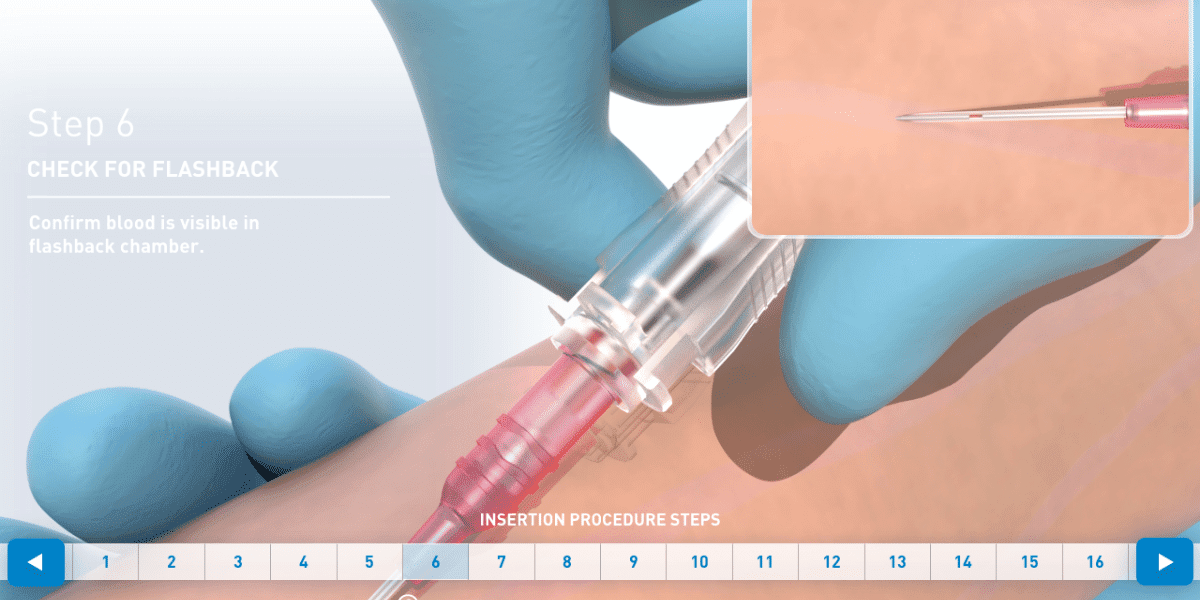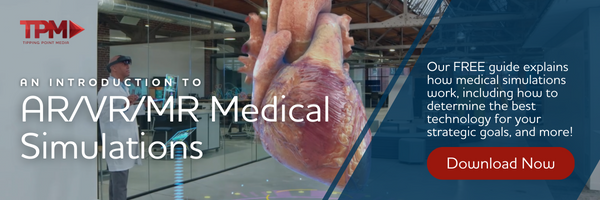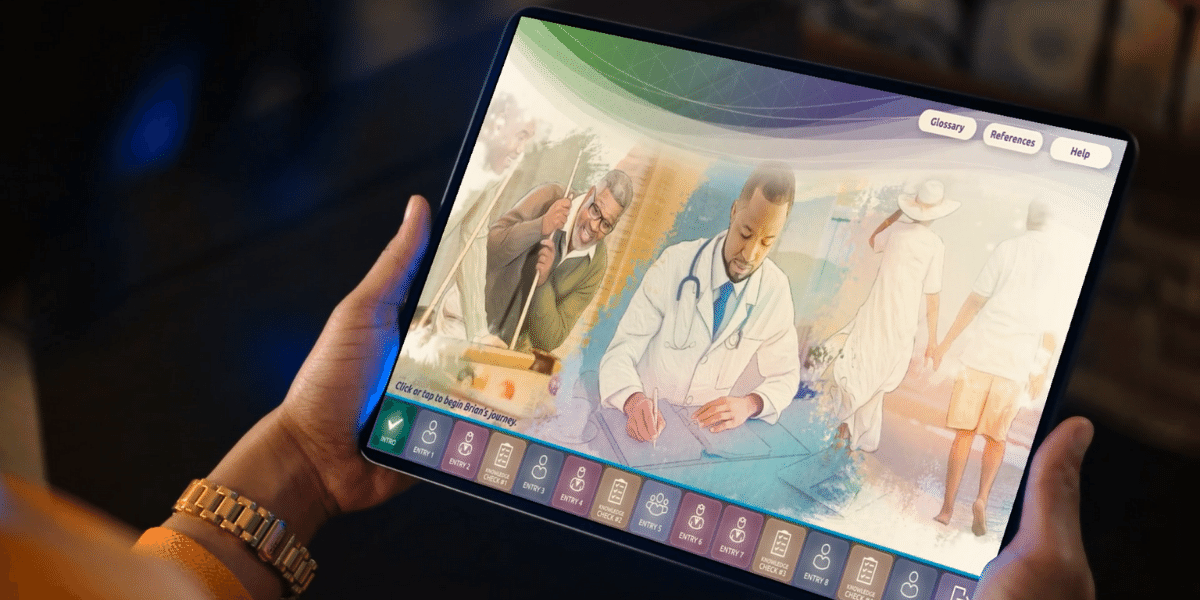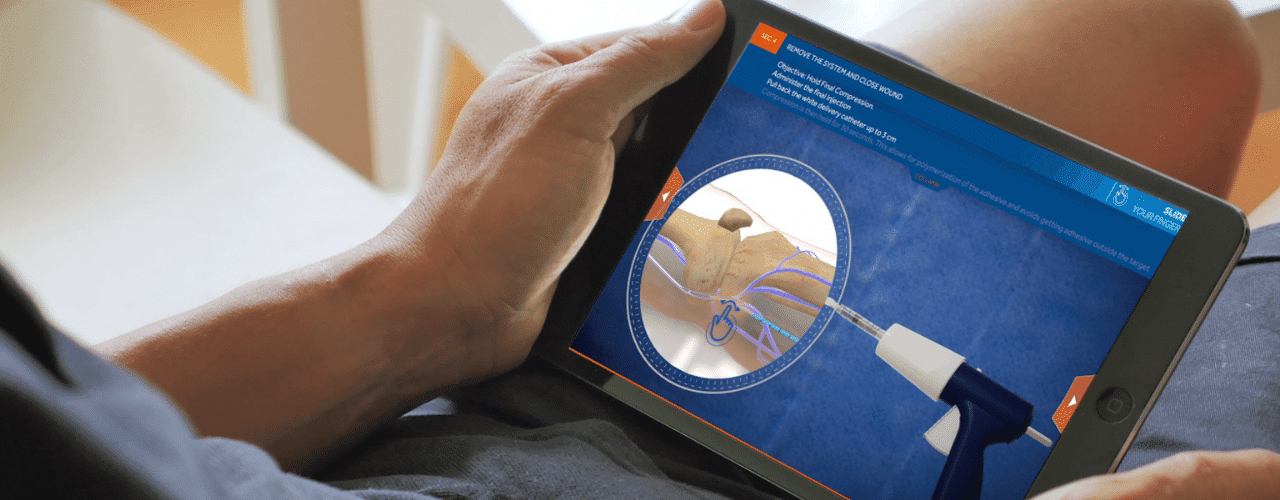Every day, healthcare professionals record extensive data from patients with various health conditions. Due to the high volume and segmentation of this data, it becomes increasingly difficult for medical personnel to interpret the data and accurately diagnose the patient’s condition.
Accurate diagnosis of complex health conditions requires skilled examiners. 3D simulation training for medical test diagnosis could improve the effectiveness and accuracy of diagnosis.
It Creates a Deeper Level of Understanding
3D simulation testing is an effective tool for training medical personnel at all levels. Instructors can use this tool to explain a broad range of topics to students. One of the keys to effective diagnosis is understanding human anatomy. Using a 3D simulation-based approach, educators can explain numerous processes, such as how the human body works and how a disease can affect the human body. This level of understanding makes it easier to evaluate a patient’s needs.
Students also get to see how to perform different diagnostic procedures or use certain medical devices. This is vital because most diagnostic procedures require health personnel to have a deep understanding of these devices and procedures before carrying them out. Compared to traditional learning methods, 3D simulation leads to a higher level of comprehension and memory retention.
In addition, 3D simulation medical test diagnosis allows instructors to explain very technical topics in a short time. This is why 3D simulation is so important in the medical world. Given that most students are visual learners, it is easier to understand a technical concept if they can see it in a detailed format, like in 3D.
Broad Scope
With 3D simulation diagnosis, educators can show things that would otherwise not be possible using traditional 2D illustrations or other media types. Training content does not have to be constrained to what the human eye can see. For example, using 3D simulation for medical imaging allows doctors to combine various cross-sectional slides into a 3D visual representation of the scanned area. This means that all important data can be viewed without additional viewing aids in a true 3D fashion.
This ability to zoom down to the microscopic level reduces eye fatigue for learners while improving their cognitive awareness. Some 3D imaging technologies currently in the market can display images with resolutions of up to 80,000 volumetric pixels. This level of resolution is ten times more than 2D simulation tools. Think of it like the difference between a magnifying glass and an electron microscope. 3D imaging technology offers a much more detailed and high-definition look that you just can’t get from 2D illustrations.
Boosting Confidence
In addition to having a great understanding of the theory aspect of an effective diagnosis, health professionals must have confidence in their expertise. Being anxious and frantic when diagnosing can increase the chances of error. Confidence takes years to build and involves a lot of practice, both in class and the real world. 3D simulation medical diagnosis tests allow students and doctors to handle complex pathology confidently. This boost in confidence will help them better manage the condition in real-life.
It’s worth noting that 3D medical simulation is important to doctors, students, and patients. For example, doctors can use 3D CT scans to explain to patients about their diagnosis. They can achieve this by using simulated models in a controlled environment. This feature may be more advantageous for healthcare professionals comparing notes over the internet when patients cannot avail themselves in person.
Unlike traditional training that places inexperienced students in the same clinical environment as real patients, 3D simulation is risk-free. It allows learners to make mistakes. The opportunity to make errors and learn from such shortcomings is priceless. This culture of the error enables students to learn from their failures, making them more efficient when diagnosing real patients.
Improved Communication
For effective diagnosis, all healthcare professionals must have good communication skills. Research has shown that poor communication channels or miscommunication between doctors, nurses, and other healthcare personnel can increase the chances of a faulty diagnosis. This, in turn, leads to inappropriate treatment. In the worst cases, these errors can be fatal.
Healthcare professionals can use high-fidelity simulations to improve their communication skills. Knowing how to welcome patients, make them feel comfortable, take their history, and effectively communicate with other healthcare personnel can significantly improve patient diagnosis outcomes.
Cost-Effectiveness
Another reason why 3D simulation medical diagnosis can lead to efficient diagnosis is the cost savings. Simulation-based diagnosis allows instructors to model more diverse patient populations. Training on real patients, on the other hand, is time-consuming and costly. Therefore, by bypassing the cost barrier, instructors can cover a lot of course material in a short time.
Everyone Benefits
The advantages of using 3D medical simulation tools are undeniable. When doctors use this approach to training, diagnostic performance significantly improves, and the speed of carrying out procedures can increase by as much as 20%. Owing to this improved performance, the following groups of people stand to benefit:
- Patients: Increased accuracy in diagnosis means that patients will receive the right treatment. Patients will have better outcomes and improved quality of life thanks to these simulations.
- Doctors: Working in a 3D simulated environment will make it easy for doctors to plan sophisticated operations in a risk-free environment. This also helps them assess potential risks.
- Medical students: Simulation-based medical test diagnosis can help physicians-in-training acquire the confidence to carry out complicated diagnostic tasks to understand how to handle them effectively in real life.
Conclusion
Medicine is one of the fastest-changing industries in the world. This change goes hand-in-hand with technological advancements and other innovations that come to light every day.
3D medical simulation is not different. The technology is designed to change how healthcare professionals diagnose and treat different diseases. At Tipping Point Media, we work hard to inspire learners and improve retention using immersive medical simulations. For additional information about our services and how our team can meet your needs, contact us today to request a demo.




